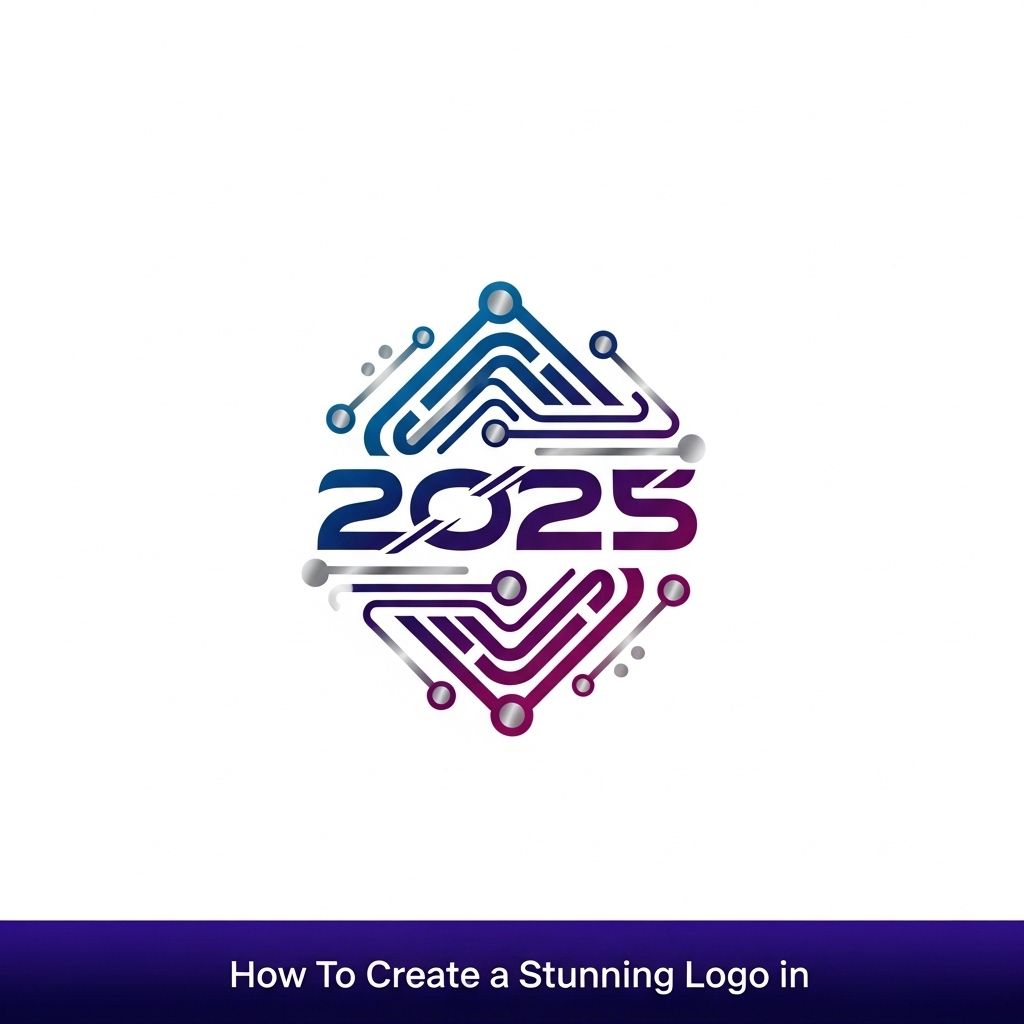In the fast-evolving world of technology, the interface through which users interact with devices and applications is more crucial than ever. Minimal UI design has emerged as a powerful design philosophy, prioritizing simplicity and efficiency while delivering an aesthetically pleasing experience. This article explores essential tips for creating impactful minimal UIs that align with user expectations and enhance usability.
Understanding Minimal UI Design
Before diving into actionable tips, it’s vital to grasp the fundamental principles of minimal UI design. Minimalism emphasizes:
- Clarity: Information is presented clearly with fewer distractions.
- Functionality: Every element serves a purpose, enhancing the user’s journey.
- Aesthetic appeal: Simplified design can create a beautiful interface.
By adopting these principles, designers can create interfaces that are not just visually appealing but also intuitive and user-friendly.
Tip 1: Prioritize Essential Elements
In a minimal UI, every component must have a clear purpose. To achieve this, consider the following strategies:
Identify Core Features
Begin by listing the primary functions of your application or website. Focus on:
- Essential tasks users must accomplish.
- Key information users need at their fingertips.
Once you’ve identified these, you can streamline your design by eliminating non-essential elements.
Use White Space Effectively
White space, or negative space, plays a critical role in minimal UI design. Proper utilization can:
- Enhance readability of text and content.
- Draw attention to essential buttons and calls to action.
- Create a balanced and organized layout.
Tip 2: Embrace a Limited Color Palette
Color is a powerful tool in UI design. A limited color palette can lead to a more cohesive and engaging user experience. Here are some guidelines:
Choose a Primary Color
Select a primary color that reflects your brand identity. This color should be used consistently across different elements:
| Element | Usage |
|---|---|
| Buttons | Primary action buttons |
| Links | Clickable text elements |
| Highlights | Important notifications or alerts |
Incorporate Neutral Tones
Neutral colors such as whites, grays, and blacks can provide balance and allow the primary color to stand out, ensuring that:
- The interface remains calm and uncluttered.
- Users can navigate without feeling overwhelmed by colors.
Tip 3: Simplify Typography
Typography is a critical component of minimal design. Here’s how to keep it simple yet effective:
Select a Few Fonts
Limit your design to one or two complementary fonts. This promotes consistency and readability. Consider:
- Sans-serif fonts: These are usually cleaner and more modern.
- Contrast: Use different weights (bold, regular) to create hierarchy without adding more fonts.
Focus on Readability
Ensure that text is legible on various devices by:
- Using appropriate font sizes and line heights.
- Ensuring sufficient contrast between text and background colors.
Tip 4: Optimize Navigation
Effective navigation is essential for user satisfaction and retention. Here are strategies for a seamless navigation experience:
Utilize Clear Labels
Navigation labels should be straightforward and descriptive. Avoid jargon and ensure that users can quickly understand where each link will take them.
Consider a Sticky Navigation Bar
A sticky navigation bar can enhance usability, keeping menus visible as users scroll. Pros include:
- Effortless access to different sections of the site.
- Improved user experience on longer pages.
Tip 5: Use Visual Hierarchy Wisely
Visual hierarchy guides users through your interface effectively. Here’s how to implement it:
Size and Spacing
Vary the size of text and elements to direct attention:
- Important headings should be larger.
- Buttons for primary actions can be larger than secondary actions.
Contrast and Color
Using color contrast can emphasize critical elements. For example, a brightly colored button amidst a neutral background will naturally draw users’ eyes, making them more likely to take action. Pairing this with whitespace will enhance the effect.
Conclusion
Implementing minimal UI design principles is not just about aesthetics; it’s about enhancing user experience. By prioritizing essential elements, embracing a limited color palette, simplifying typography, optimizing navigation, and utilizing visual hierarchy, designers can create interfaces that are clean, functional, and enjoyable to use. As technology continues to advance, minimal UI design will remain a cornerstone of effective user experience, helping users navigate digital landscapes with ease.
FAQ
What is minimal UI design?
Minimal UI design focuses on simplicity and functionality, stripping away unnecessary elements to enhance user experience.
How can color impact minimal UI design?
In minimal UI design, color should be used sparingly to create contrast and highlight important elements, helping guide the user’s attention.
Why is whitespace important in minimal UI design?
Whitespace enhances readability and visual appeal, allowing users to focus on content without feeling overwhelmed by clutter.
What are some key typography tips for minimal UI design?
Choose clean, legible fonts and maintain a consistent hierarchy to ensure clarity and improve user engagement.
How can I ensure my minimal UI design is user-friendly?
Conduct user testing to gather feedback and make iterative improvements, ensuring that the design meets user needs while remaining simple.




